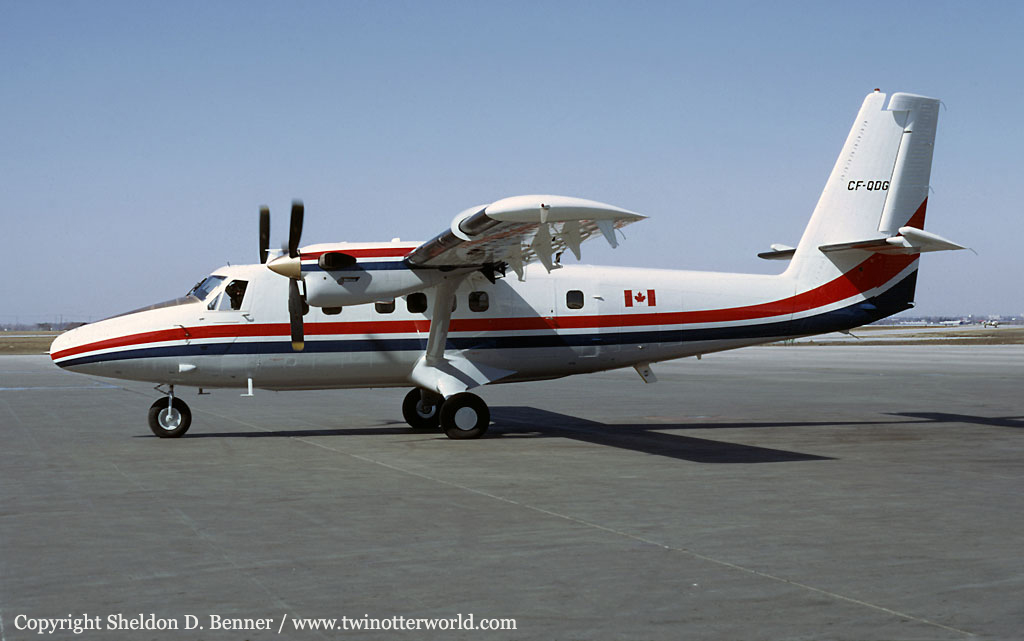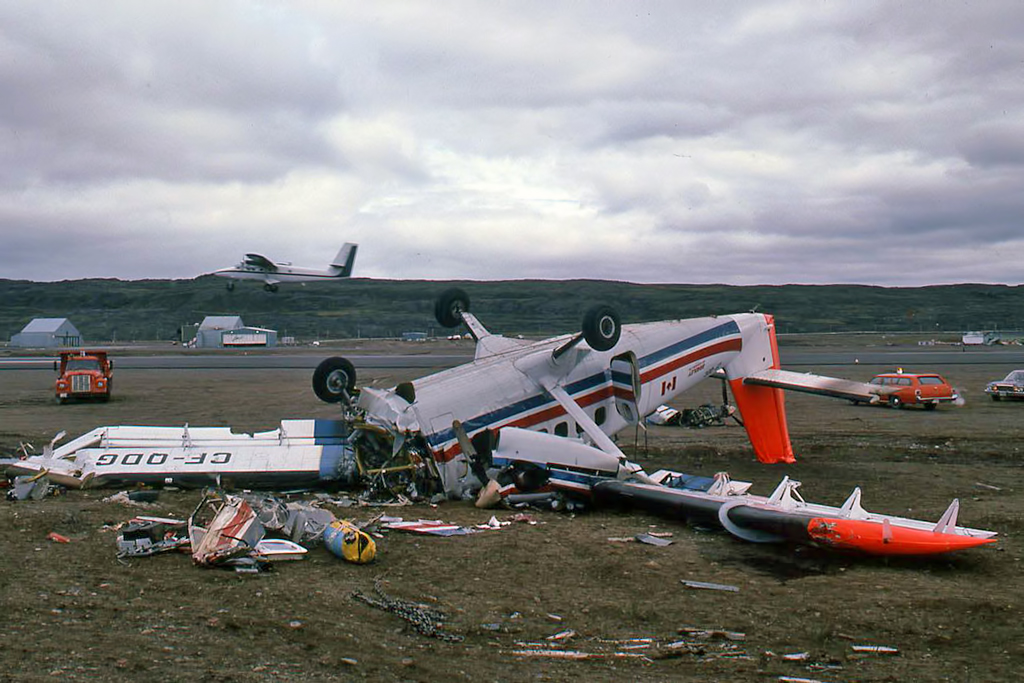Crash of a Rockwell Turbo Commander 680V in Keflavik
Date & Time:
Aug 5, 1990
Registration:
N444GB
Survivors:
Yes
Schedule:
Frobisher Bay – Reykjavik
MSN:
680-1565-21
YOM:
1966
Crew on board:
1
Crew fatalities:
Pax on board:
1
Pax fatalities:
Other fatalities:
Total fatalities:
0
Captain / Total hours on type:
15.00
Circumstances:
While approaching Iceland on a ferry flight from Frobisher Bay, the crew declared an emergency due to fuel shortage and requested the permission to divert to Keflavik Airport. On final approach to runway 29, both engines failed simultaneously. The aircraft stalled and crashed on a road located 1,500 meters short of runway. Both pilots were injured and the aircraft was destroyed.
Probable cause:
The pilot's experience on this type of aircraft was limited to 15 hours and he failed to calculate the fuel consumption correctly prior to departure from Frobisher Bay. It was determined that he calculated the flight as being 7 hours and 15 minutes while the autonomy of this aircraft is 8 hours and 20 minutes. Investigations revealed that both engines failed after six hours and 15 minutes of flight. Poor flight planning and preparation were considered as contributing factors.





